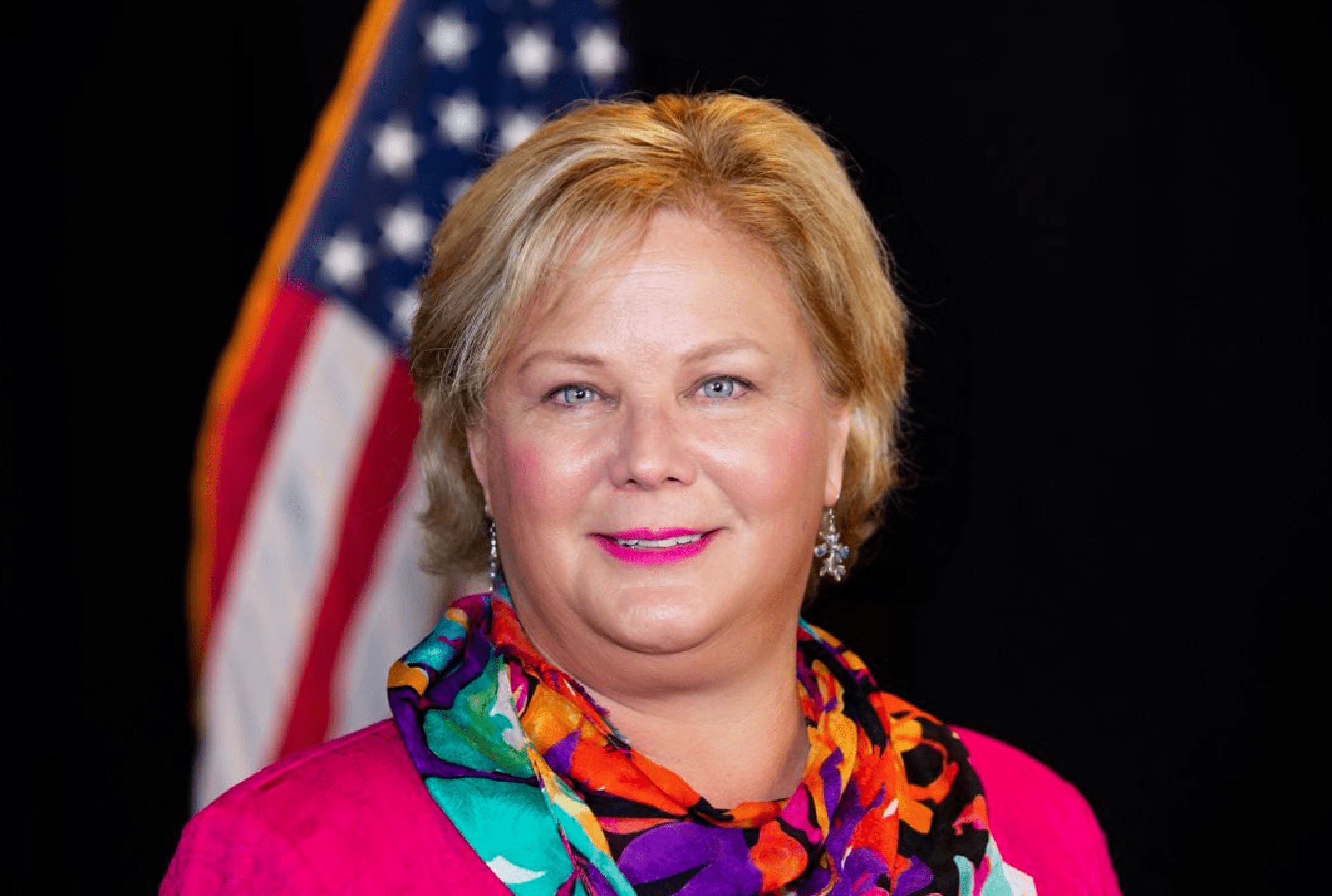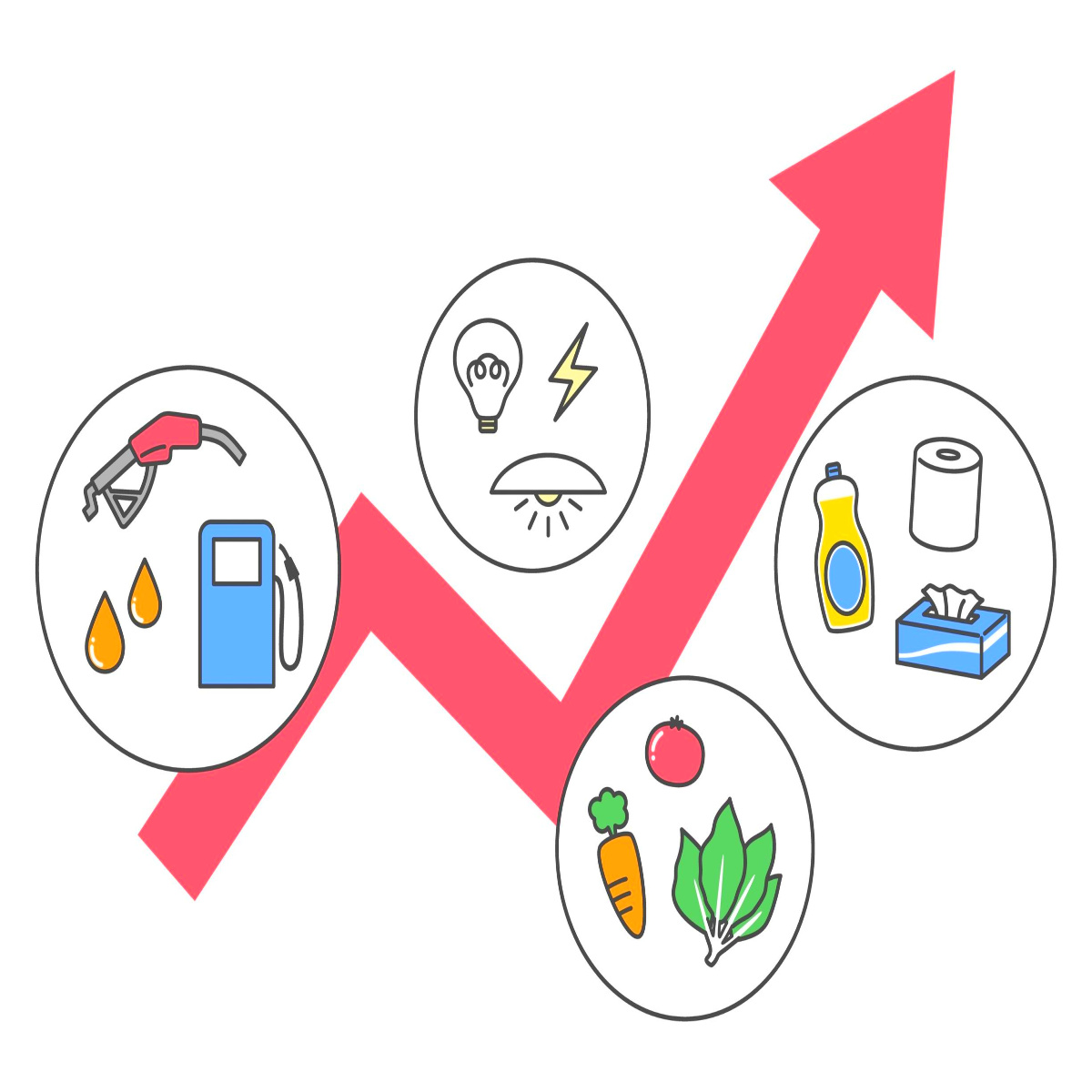
Five Alarming Women’s Issues in the Care Economy
Child Care Shortage Impacts Women Employment
The United States is the only developed nation that does not provide childcare from infant to five years old. Most working poor Americans live in childcare deserts. According to the Vote Mama Foundation, women represent 94% of the childcare work force, and these workers are mostly women of color and immigrant women. To add insult to injury, wages of childcare workers are not adequate to raise their own children. 50% of childcare providers receive public assistance benefits and cannot afford to send their own children to day care. It is a vicious cycle of poverty and lack of opportunity for early learning that leads to problems at school. We are risking future generations’ ability to read, write, do math, and qualify for employment as adults.
Long-Term Care Worker Shortage Due to Low Wages for Women
We Americans take pride In our economic success compared to other developed nations. But like Japan, South Korea, and other aggressive economies, we are turning a blind eye to retired worker needs. The fastest growing demographic segment are people over age 85 who will, most likely, need skilled or custodial care in their remaining years on earth. Today’s nursing home care work force is decimated. Low wages, long hours, poor work conditions, lack of advancement, and the pandemic are the most glaring issues that limit the number of bed available to care for our most vulnerable people. Nursing homes, assisted living, and life plan communities are struggling to keep the lights on. Who fills these jobs? According to the Paraprofessional Healthcare Institute, 87% are women. The roles of certified nursing assistants and home care worker are 61% people of color, twenty-seven percent migrant workers and, like childcare workers, 44% live at or below the poverty line. So how do these women care for their own children?
Family Caregiving Impacts Women Most
AARP just released Valuing the Invaluable: 2023 Update Strengthening Supports for Family Caregivers. updated research on family caregivers. Today we have 36 million family caregivers who provided $600 billion of uncompensated care. This three-year worldwide event has altered our lives in countless ways. Families who could were relocating their loved ones out of residential care and into their own homes. According to A Place for Mom, 75% of caregivers are women spending the equivalent of forty work hours in this role on top of full-time employment while caring for persons over age fifty (thus excluding childcare). This trend is unsustainable. Too many women exit the workforce exhausted by trying to live this dual life. Unfortunately, this exit does serious damage to a person’s lifetime earnings and ability to re-enter the workforce where they left not to mention the damage to their own physical and mental health.
Healthcare Workforce Advancement is Gender Biased
When you make a mental image of a nurse, what sex is it? Yeah, most of us automatically think of women. I mean traditionally women excelled at the helping professions. According to Women’s Health Leadership Trust, women represent 65% of the healthcare workforce however, only thirteen percent of the healthcare’s highest positions are held by women. It is worse for women of color who inhabit five percent of the highest positions and twenty percent of the entry level jobs. The Trust is shouting from the roof tops on these gender and race equity issues. Remember, you can’t be one if you don’t see one. We need women in healthcare leadership for the sixty-five percent of women who enter these field to watch and emulate. We need female doctors, researchers, nurses, executives, and leaders at all levels to be paid and treated as equals to their male counterparts.
Young Women and Caregiving
If you and yours plan to stay on this planet to a ripe old age, I recommend you make friends with younger women. Bank of America and Age Wave report titled The Journey of Caregiving: Honor, Responsibility, and Financial Complexity, financial institutions and fintech companies are preparing younger generations for this role. Younger care recipients are more likely to be males which means a spouse and employment-sponsored insurance helps to cover the cost. However, the life expectancy rates in women are higher than men meaning that more women will need some level of long-term care. This report highlights the discrepancy between health span and life span. Age Wave predicts that 70% senior adults will need some form of long-term care. The convergence of finances, employment, and family issues has never been more important.
Women’s Month
The world just celebrated International Women’s Day with proclamations from the United Nations and leaders from nations across the globe. This year’s theme is DigitAll for Innovation and Technology for Gender Equality. Let us commit ourselves to action and not just proclamations. We need action. Care is infrastructure. Let’s get to work.






